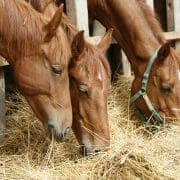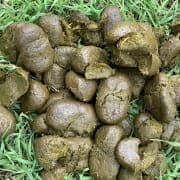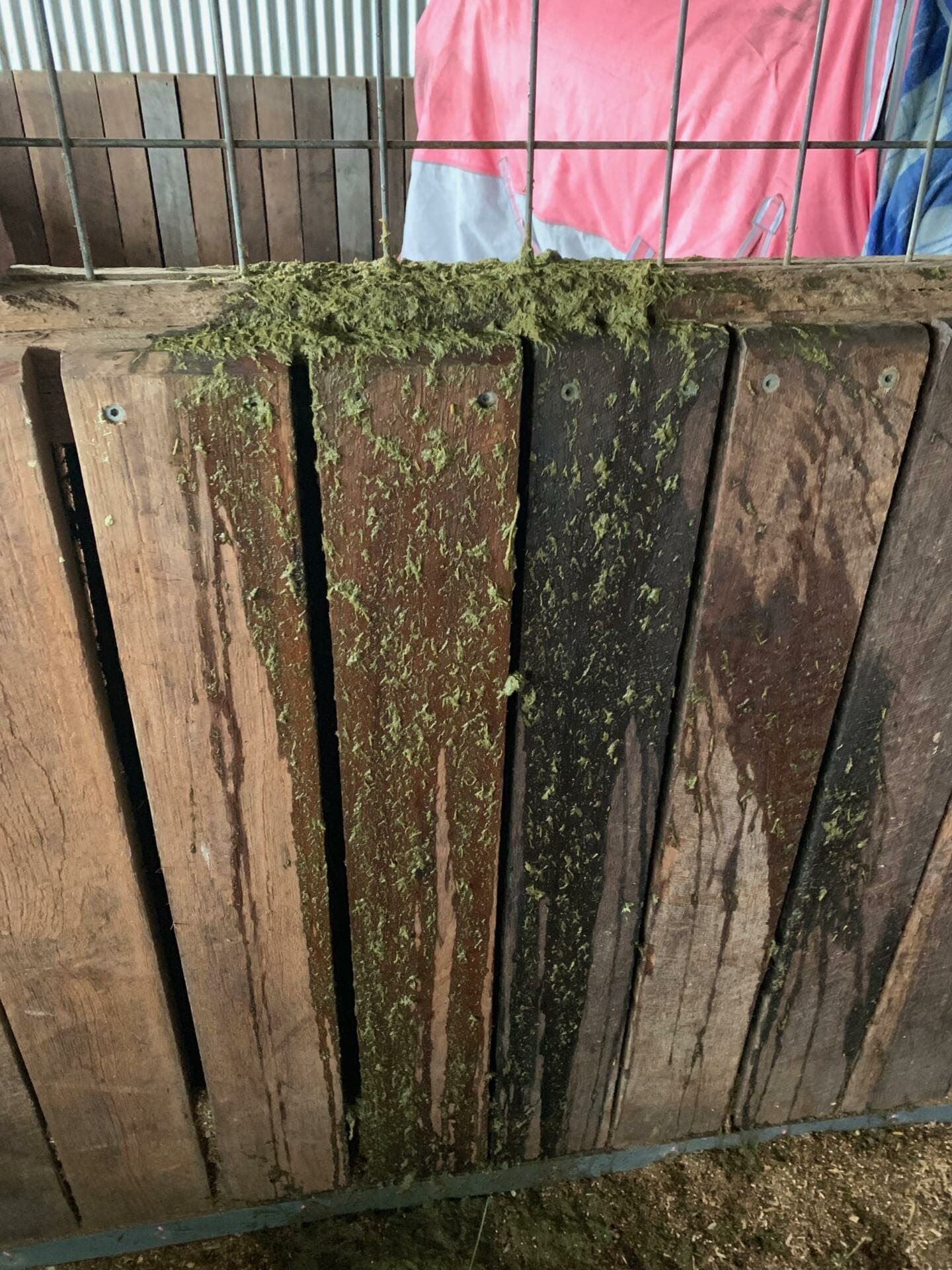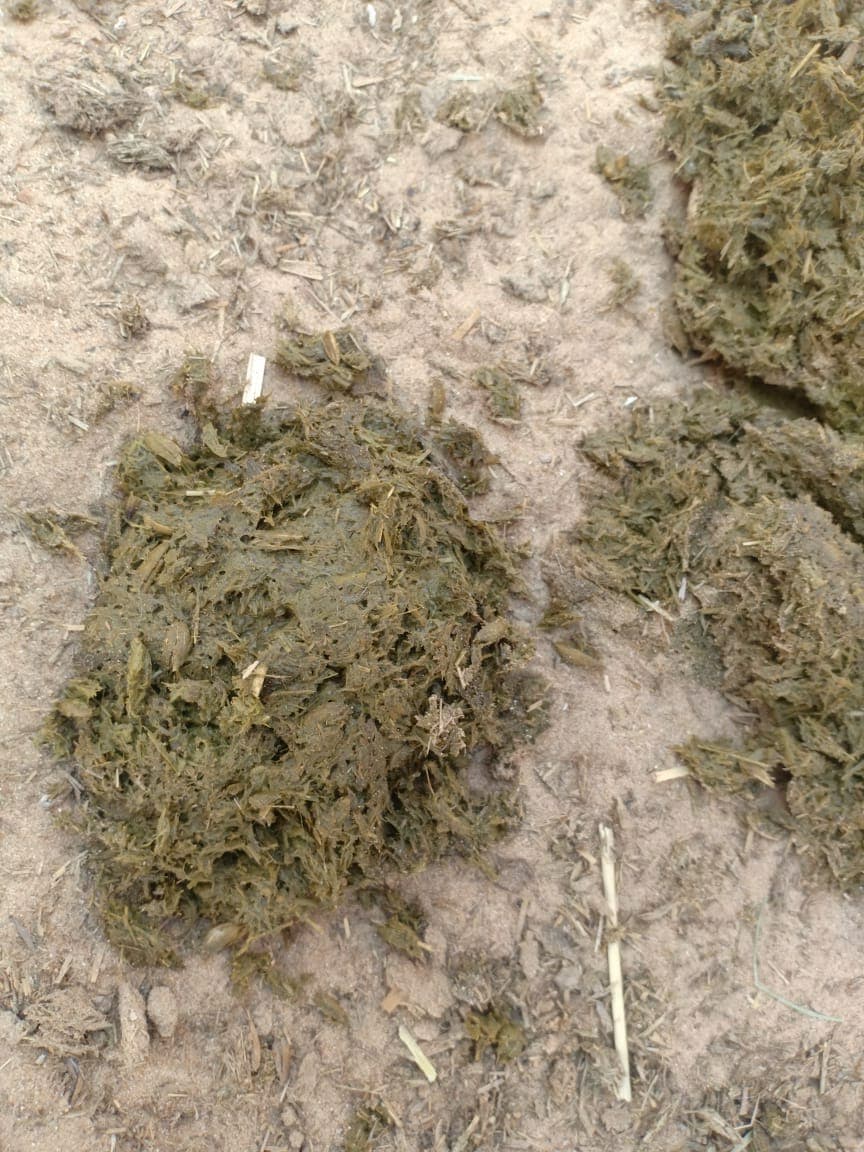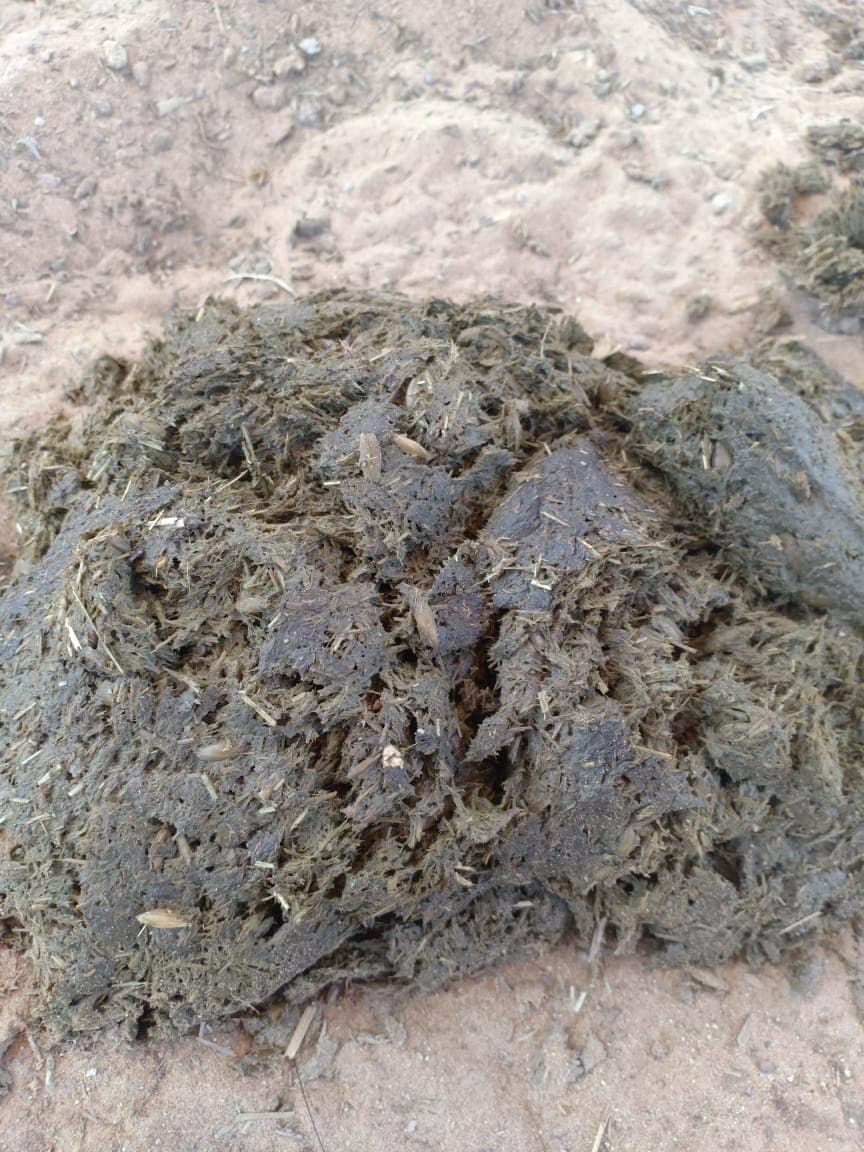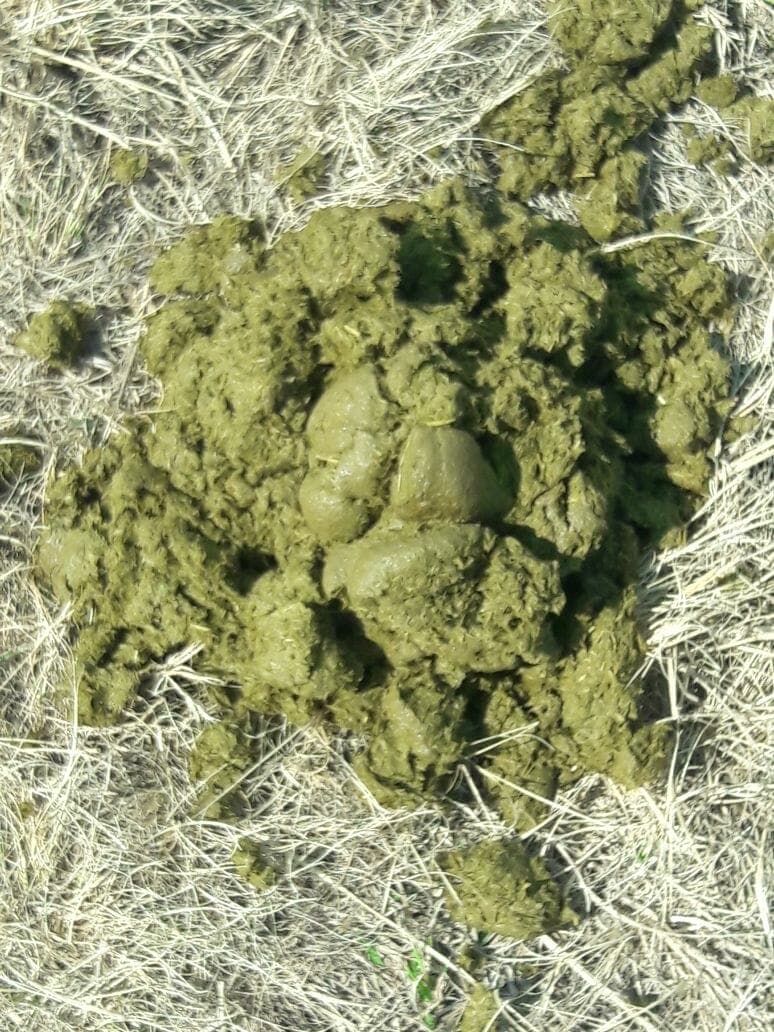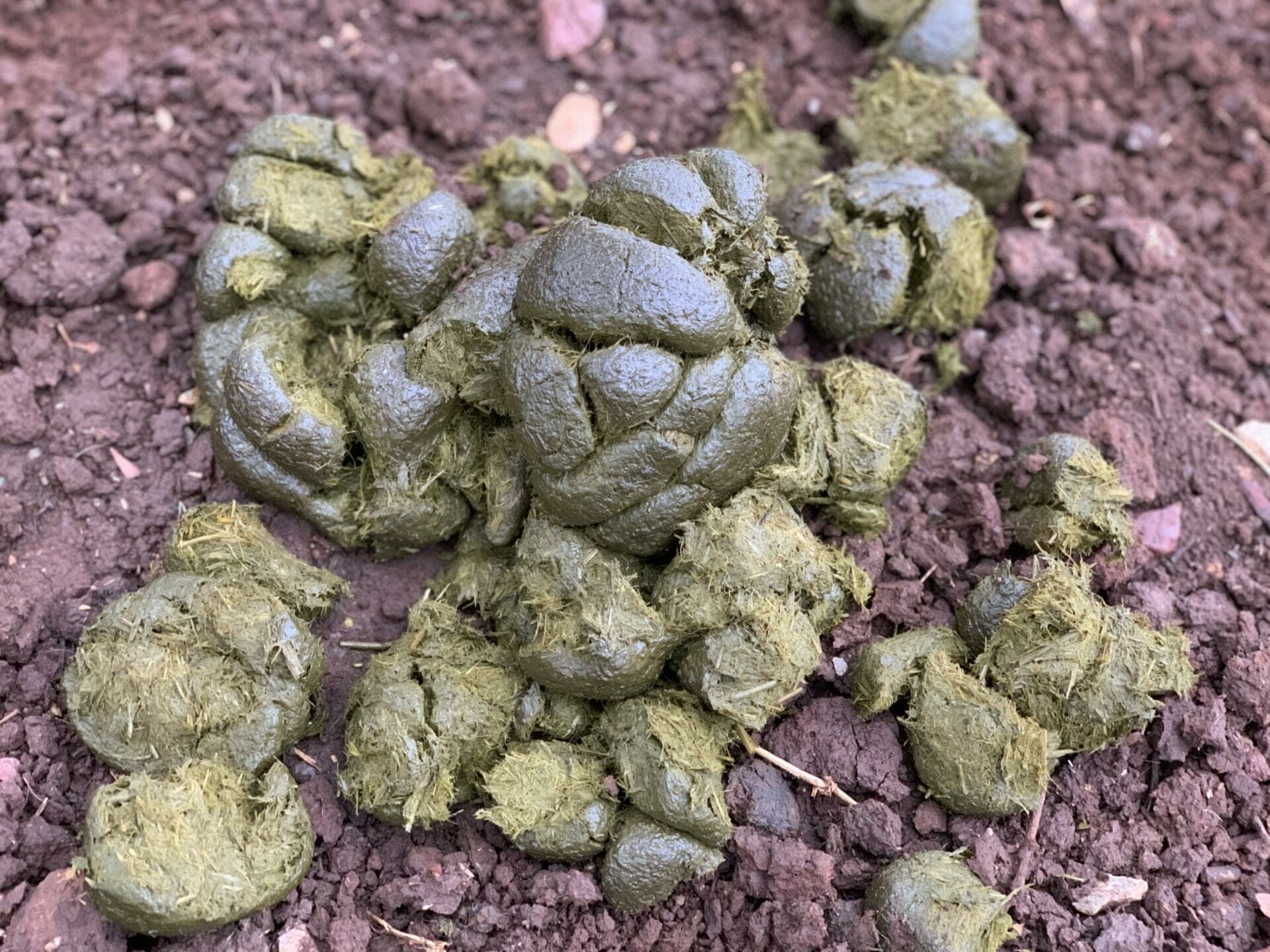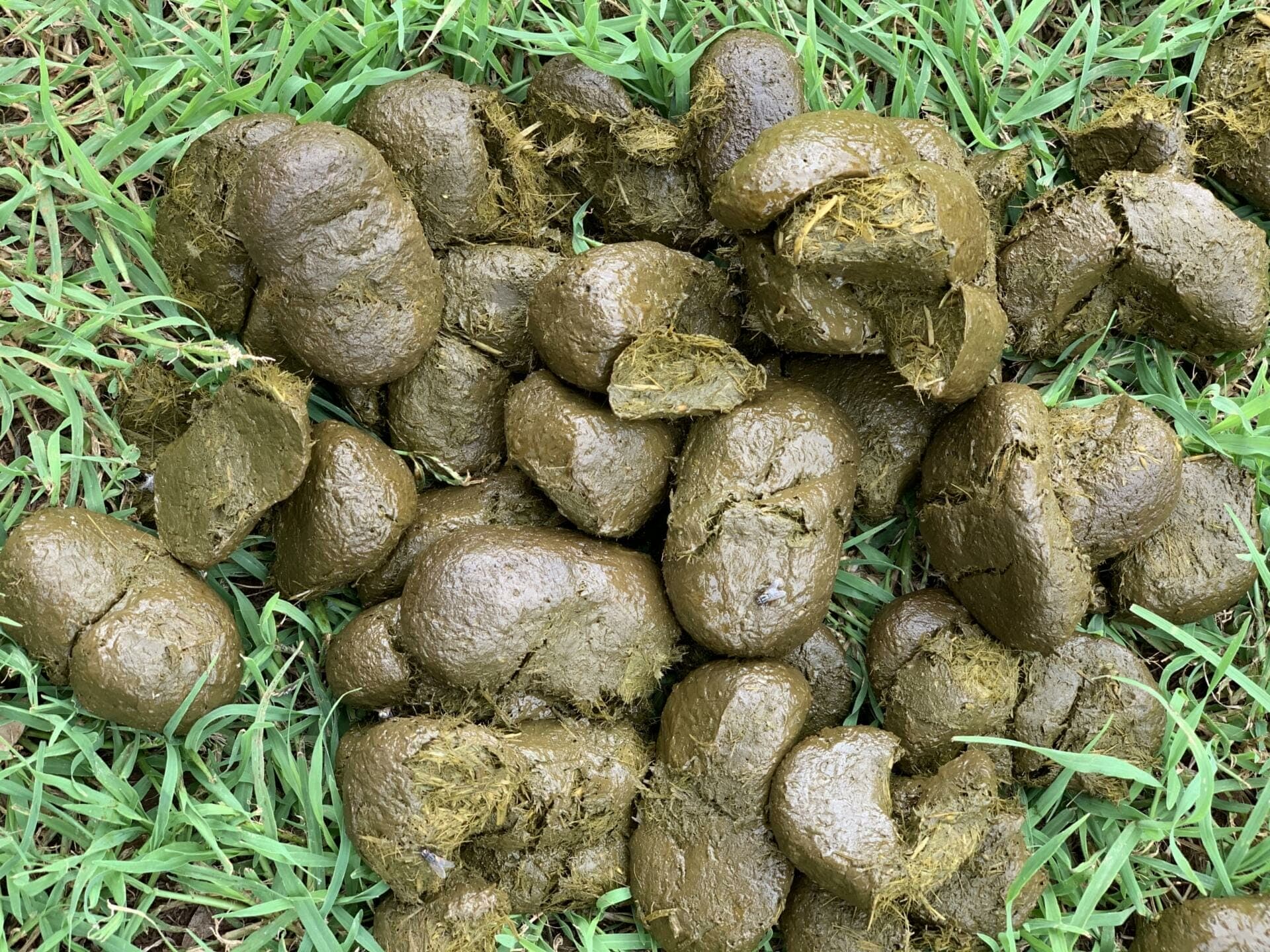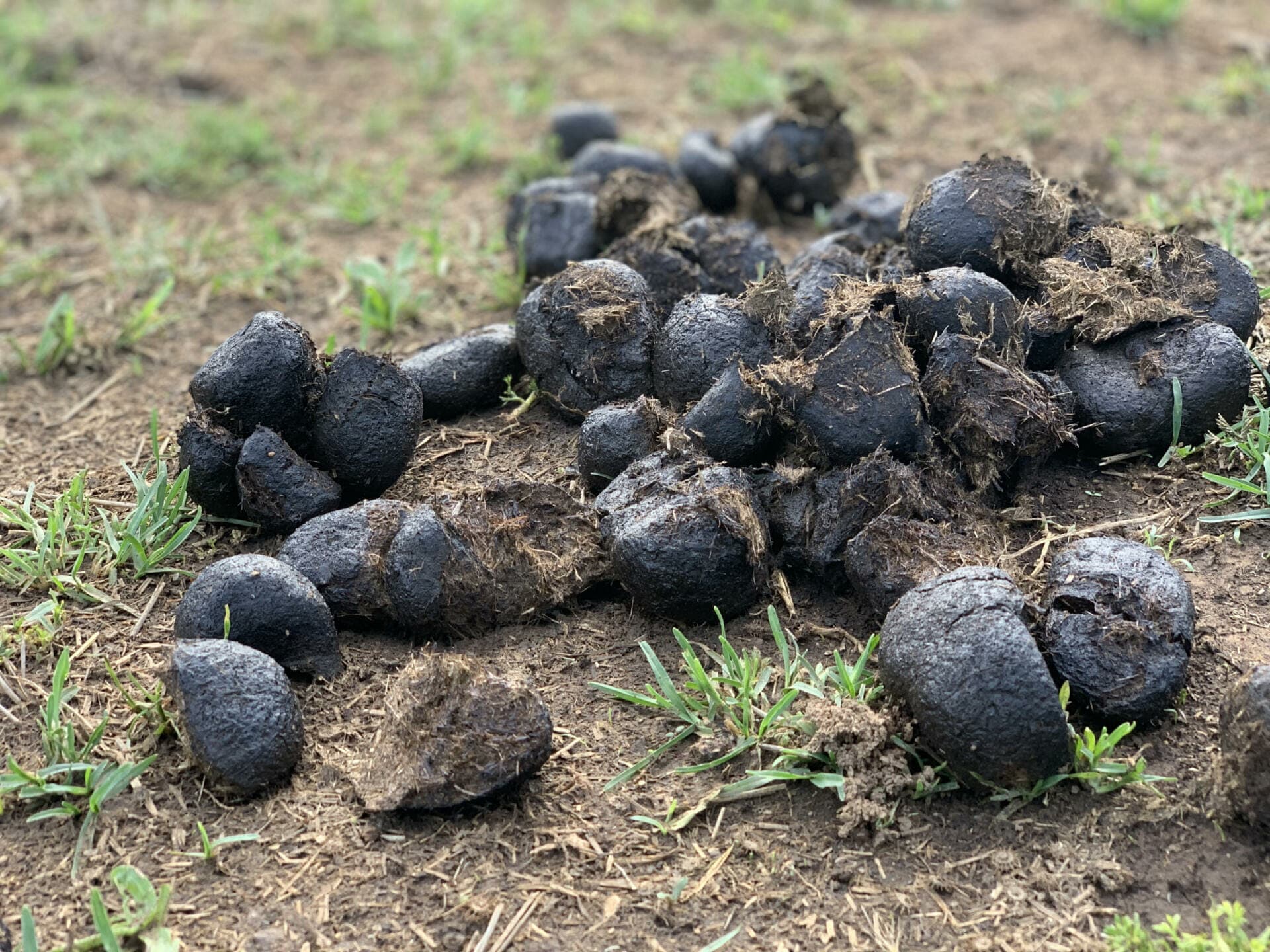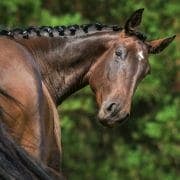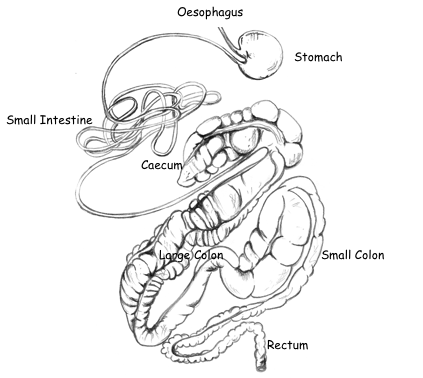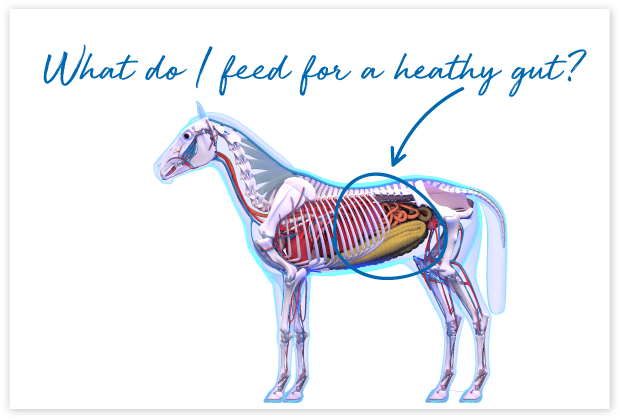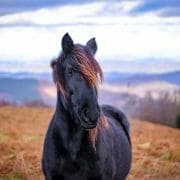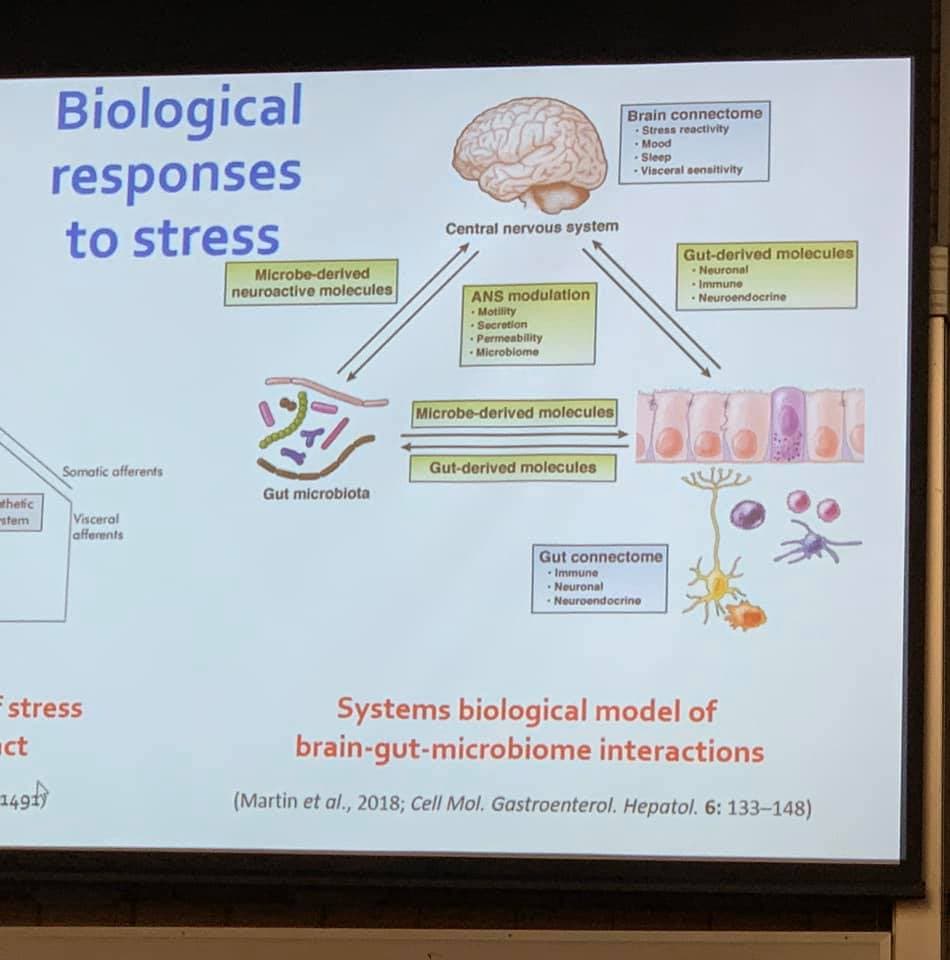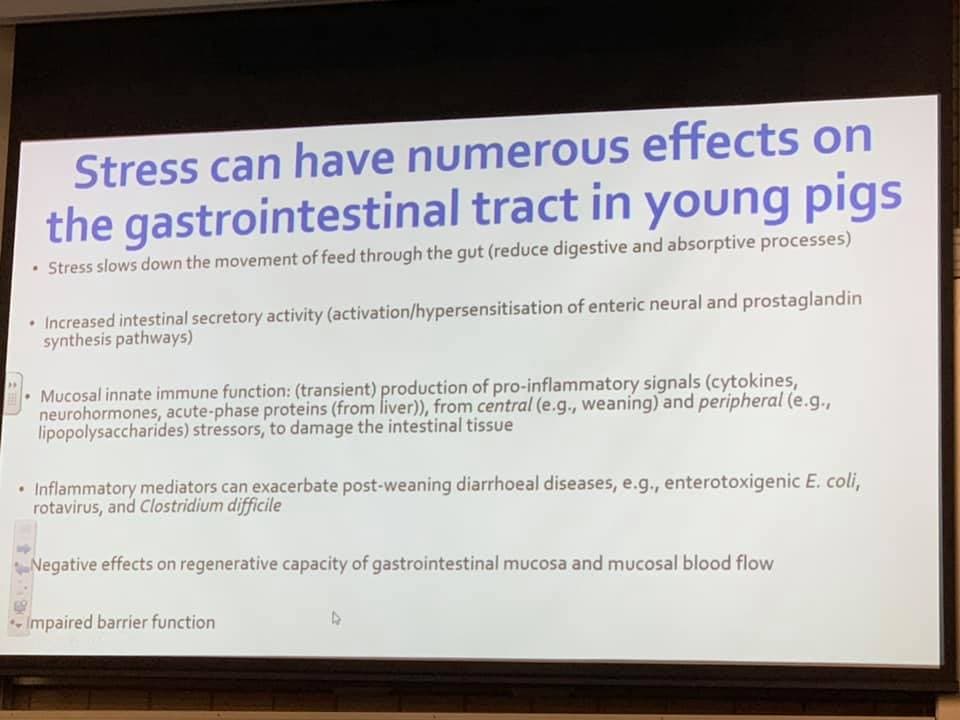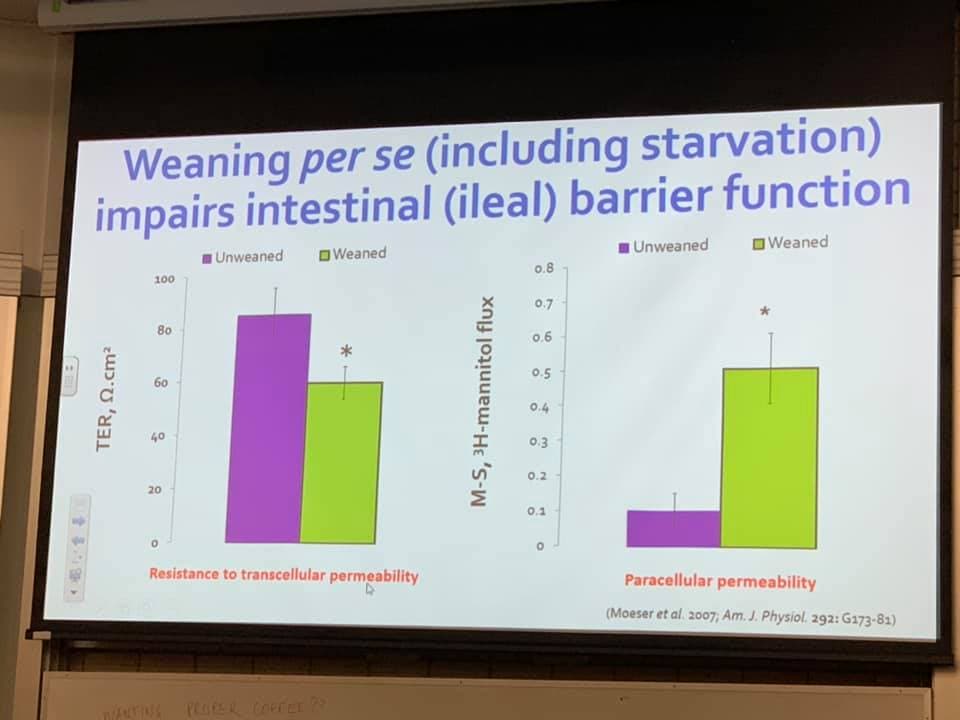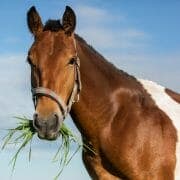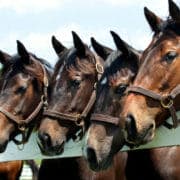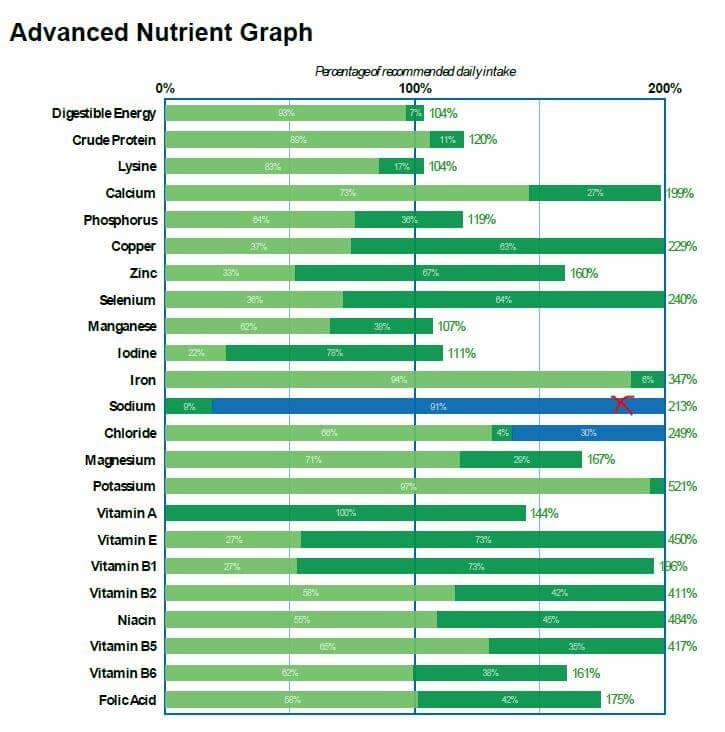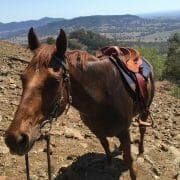Manure Matters: An Indicator of Horse Health
Gut health, manure, and your horse
Gut health is a critical component of overall health and well-being in horses. However, it can be notoriously difficult to monitor, as there’s no easy way to measure it directly. Fortunately, one of the best indicators of your horse’s digestive health is something that’s always available – their manure. By keeping an eye on your horse’s manure, you can gain valuable insights into how well their hindgut is functioning.
Manure contains several tell-tale signs that reflect the health of your horse’s gut. Characteristics such as consistency, colour, odour, and overall appearance all provide clues about what’s happening inside. In this article, we’ll explore how to assess these features and understand what they mean for your horse’s health.
Consistency
The consistency of your horse’s manure is one of the most important aspects to monitor. Healthy manure should appear as well-formed faecal balls that are moist and easily breakable. If the manure is hard and dry or overly loose and water, it could signal an issue with digestion, gut function, or an issue with the overall health of your horse. However, it’s worth noting that occasional loose manure might simply reflect a dietary change. This can happen during spring, when fresh green grass becomes available, or if a horse is moved to a new pasture with different grasses or varied plant growth. Keep track of these changes – while they might not always be a cause for concern, they will help establish what your horse’s “normal” is.
Colour
The colour of your horse’s manure can tell you a lot about their diet and digestion. Here are some common colours and what they might indicate:
Brown
Brown manure is considered normal and suggests that your horse’s digestive system is likely to be functioning properly. It means they are absorbing nutrients as expected and eating a well-balanced diet.
Green
Green manure often points to undigested plant material. This can happen when a horse is eating lush, green pasture or high-chlorphyll hay like lucerne. Green manure is typically not a problem unless it’s accompanied by diarrhoea.
Black, tarry, or abnormally dark manure
If you see black manure in a newborn foal, that’s perfectly normal (it’s called meconium). But if an older horse passes black or dark manure, it could indicate gastrointestinal bleeding, possibly from gastric ulcers or other conditions. If this happens, contact your veterinarian immediately.
Red or bloody manure
Red manure or signs of blood are concerning, as they could indicate substantial bleeding in the right dorsal color on small colon. Conditions such as colitis, parasites, or rectal tears could cause this. Any sign of blood requires immediate veterinary attention.
Yellow
Yellow manure can signal liver disease, restricted bile flow, or difficulty digesting fats. Horses on high-fat or grain-heavy diets may also produce yellow manure. If your horse is lethargic or shows other symptoms, seek veterinary care right away.
Odour
While smell is subjective, a healthy horse’s manure shouldn’t have a strong or offensive smell. It might have a slightly earthy scent or the aroma of hay or grass, depending on what the horse has been eating. If the manure has an unusually strong, foul, or acidic odour, this could indicate a digestive problem or infection that requires attention. Rely on your own sense of smell (not your non-horsey friend’s) and pay attention to big differences in odour.
Overall appearance
Healthy manure should be moist, well-shaped, and consist of distinct faecal balls, showing that your horse’s digestive system is working as it should. Keep in mind that the size of the faecal balls may vary depending on your horse’s size, with smaller breeds producing smaller balls compared to larger horses.
If you notice that your horse’s faecal balls are smaller than usual, it could indicate prolonged transit time through the descending colon. This may be accompanied by mucus, giving the manure a slimy appearance. Horses with dental issues might also pass manure with undigested feed particles, such as whole grains or pieces of hay. This is more common in older horses with worn teeth, leading to improper chewing.
Diarrhoea and other concerns
Diarrhoea in horses
Diarrhoea is characterized by extremely loose, watery manure. It can stem from a range of issues, including bacterial infections, parasites, or reactions to antibiotic treatment. Diarrhoea can also result from intestinal blood flow problems or electrolyte imbalances, so if your horse has diarrhoea, it’s important to consult your veterinarian.
Unformed, acidic stools
Manure that is unformed, has an acidic smell, and is bright green to yellow in colour is a sign of hindgut acidosis. The most common cause of this is large amounts of starch from undigested grain entering the hindgut. Or your horse may have large amounts of fructan entering the hindgut from ryegrass or cereal forages like oat or wheat barley.
The fermenting starch and/or fructan upsets the microbial balance and large amounts of acid accumulate. The acid damages the gut wall, “good” fibre fermenting bacteria die, and overall health is compromised. If severe, it can result in laminitis.
Dry, hard stools
Manure that is overly dry or hard could indicate dehydration or insufficient water intake. This can sometimes signal that the digestive process is slower than normal, which could be a sign of impending colic. Colic is a painful condition that requires immediate attention and can arise from factors like sudden diet changes, excessive grain intake, or inadequate forage.
Gritty manure
Gritty manure, often containing sand, can be a sign of sand accumulation in the colon, a serious condition that requires veterinary intervention. Horses can ingest small amounts of sand or soil while grazing or eating from the ground, and if significant sand accumulates, it can lead to life-threatening impactions.
Visible parasites
Although rare, it is possible to spot visible parasites, such as worms, in manure. If you notice any parasites in your horse’s manure, collect a sample and consult your veterinarian. They may recommend deworming treatment to help control the parasite load.
Why Manure Matters
Regularly monitoring your horse’s manure is one of the best ways to keep track of their gut health. The colour, consistency, and appearance of their faeces can reveal important information about their digestion and overall health. By keeping a close eye on these factors, you’ll be able to detect any potential issues early and seek veterinary care when necessary.
Healthy manure should be brown, moist, and consist of well-formed faecal balls. Manure colour can change with diet and other factors, but consistency is key. Any signs of diarrhoea, overly dry stools, gritty manure, or visible parasites should be addressed by your veterinarian.
By staying informed about your horse’s manure, you’ll be better equipped to keep them healthy and happy.

